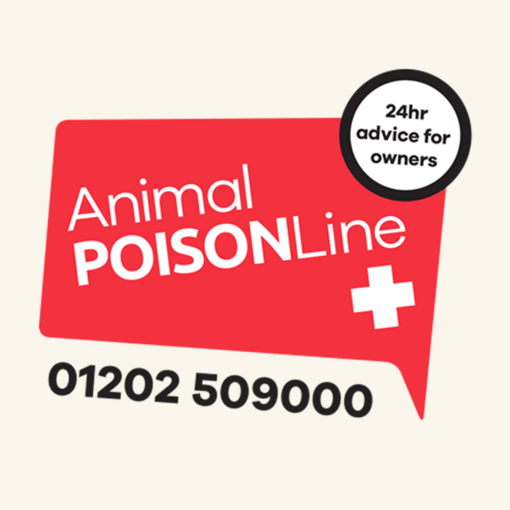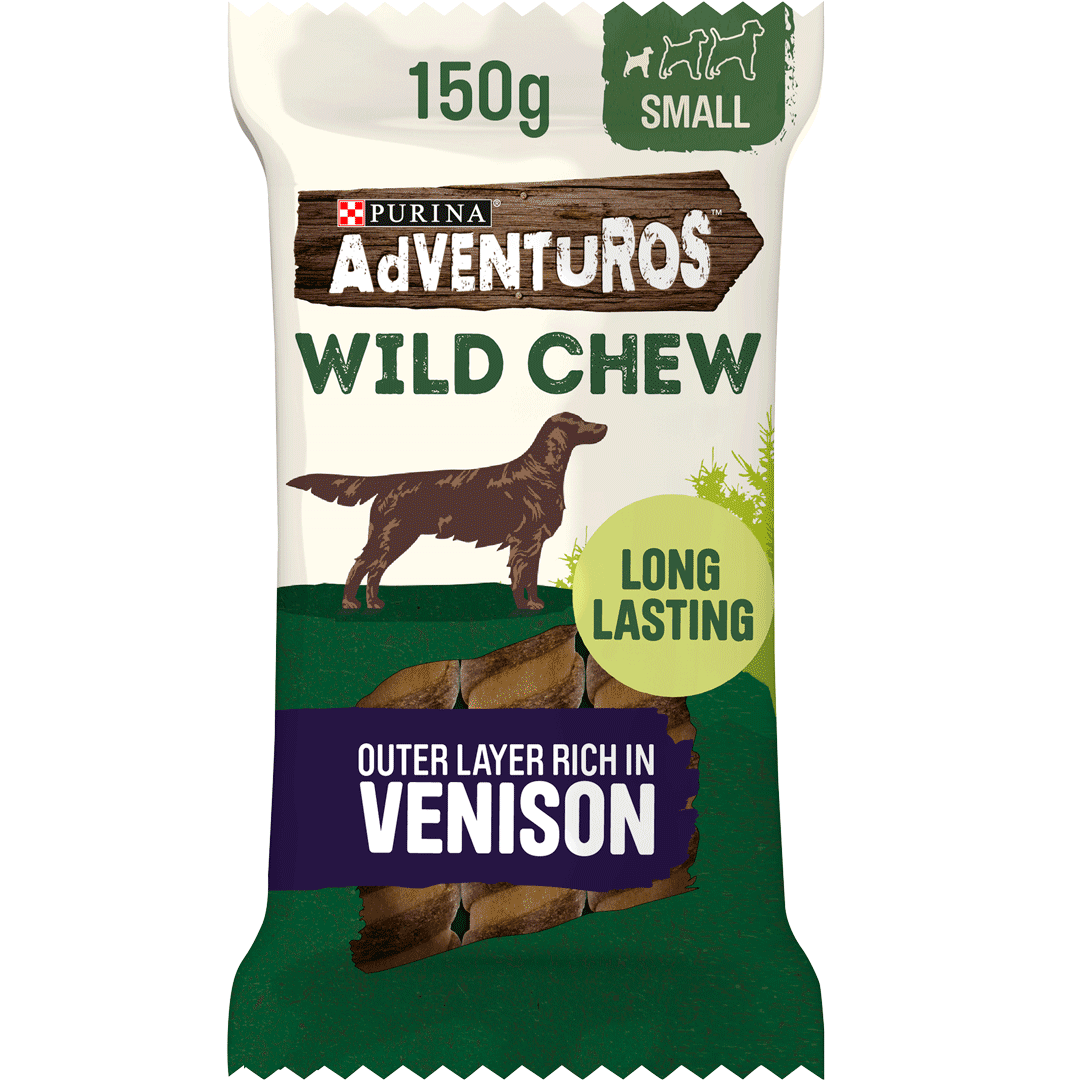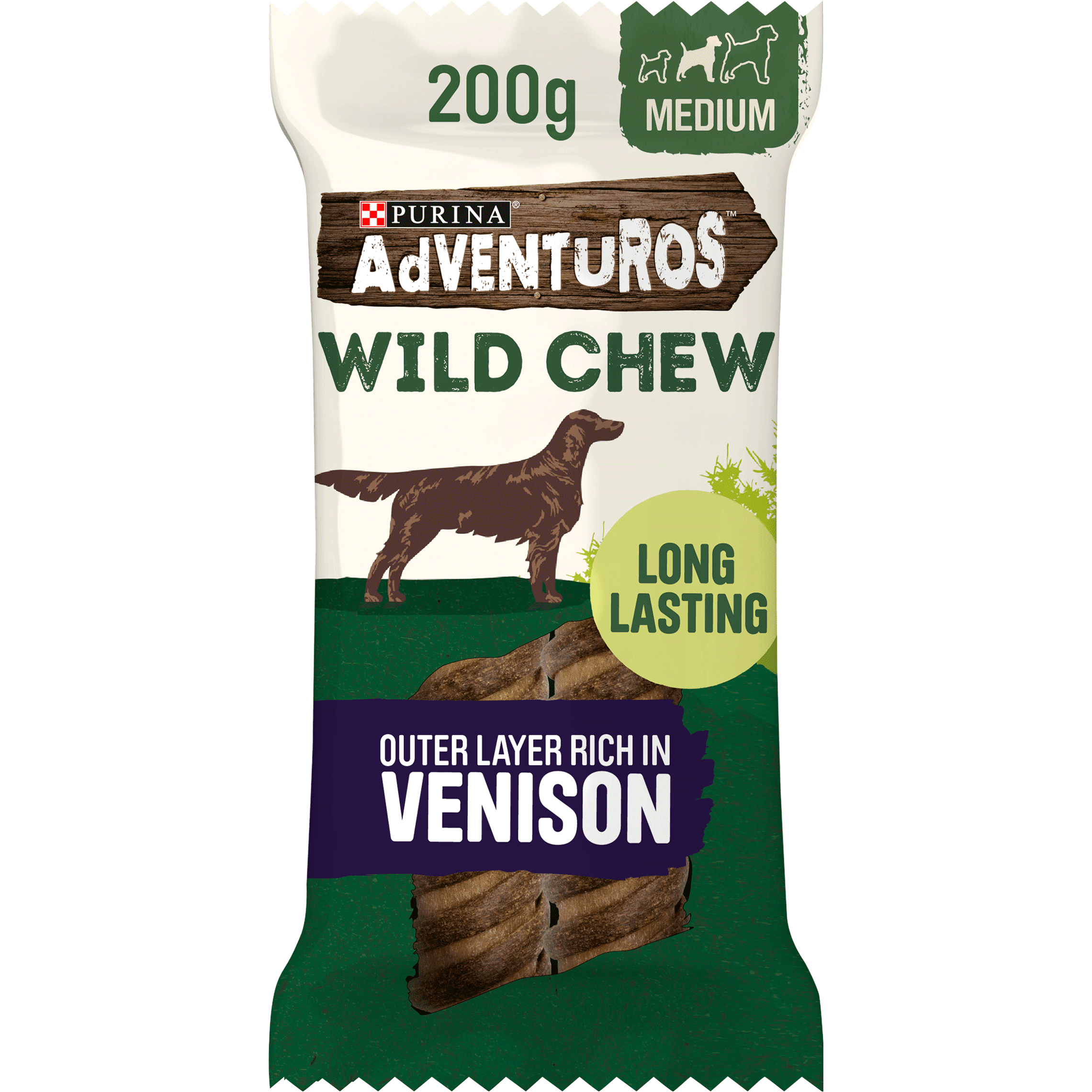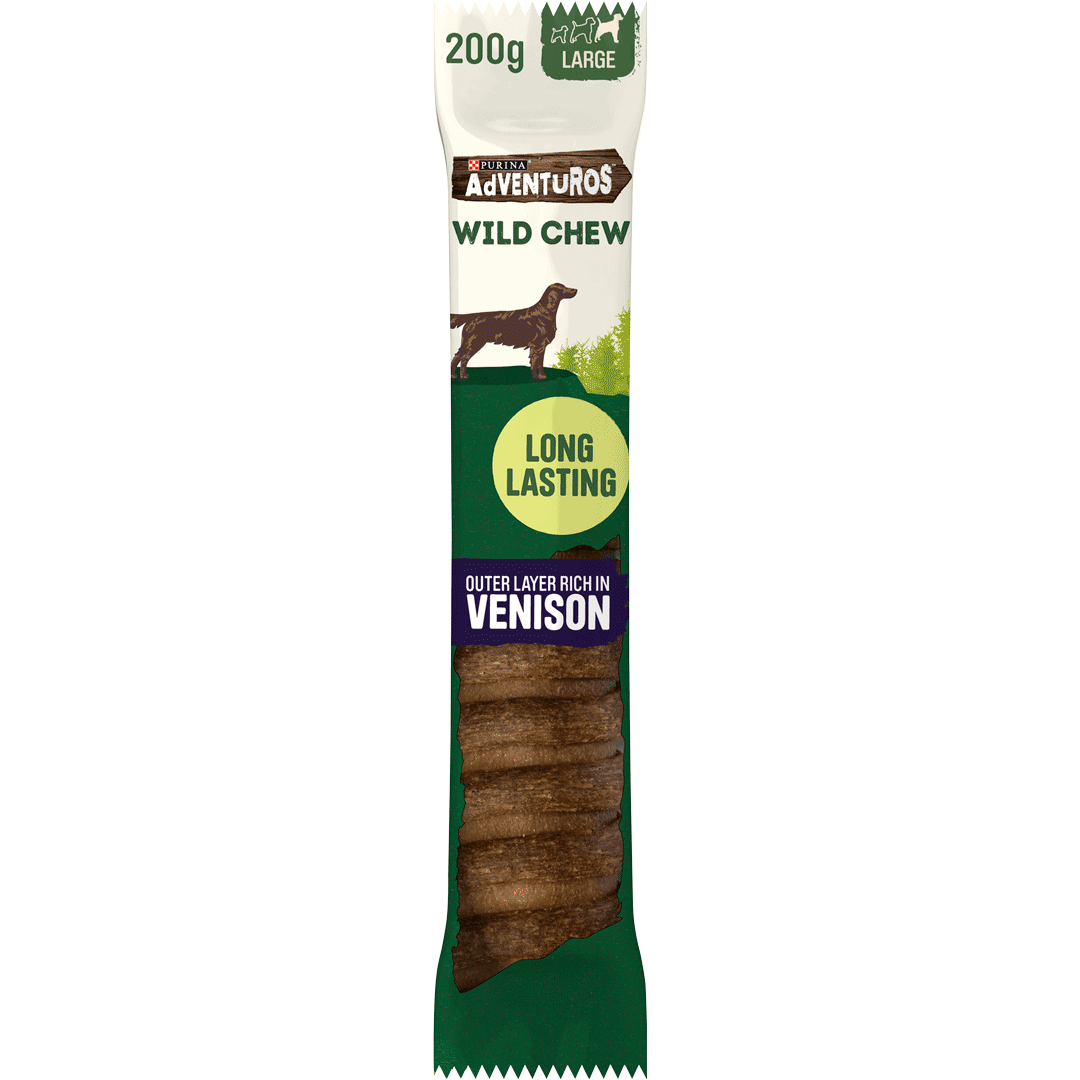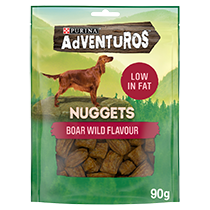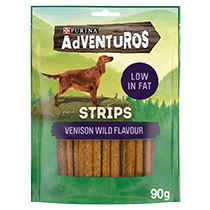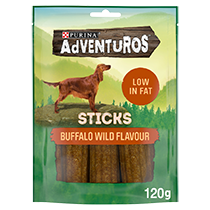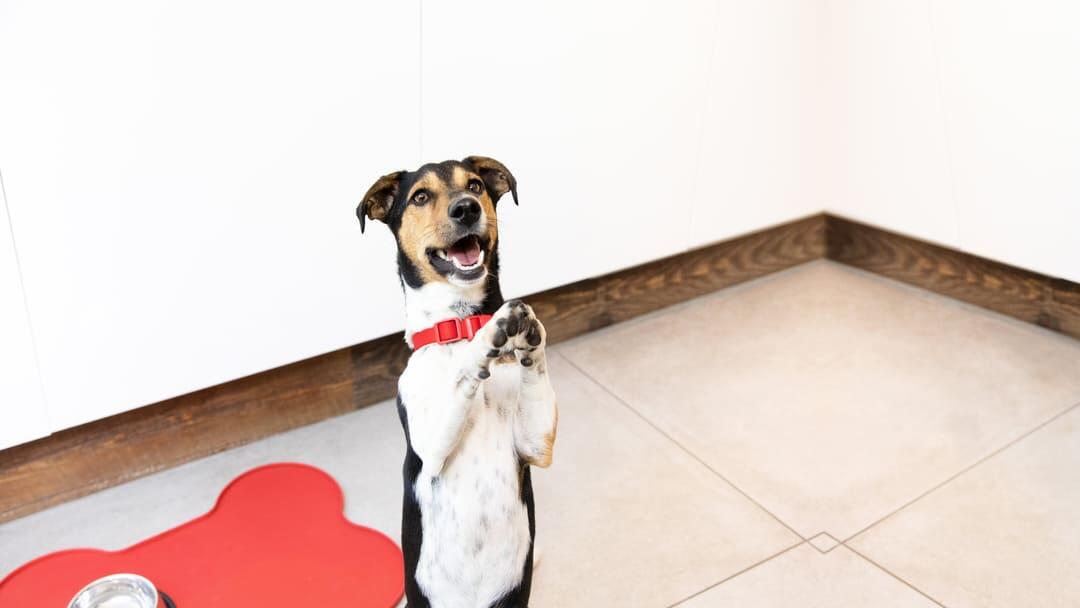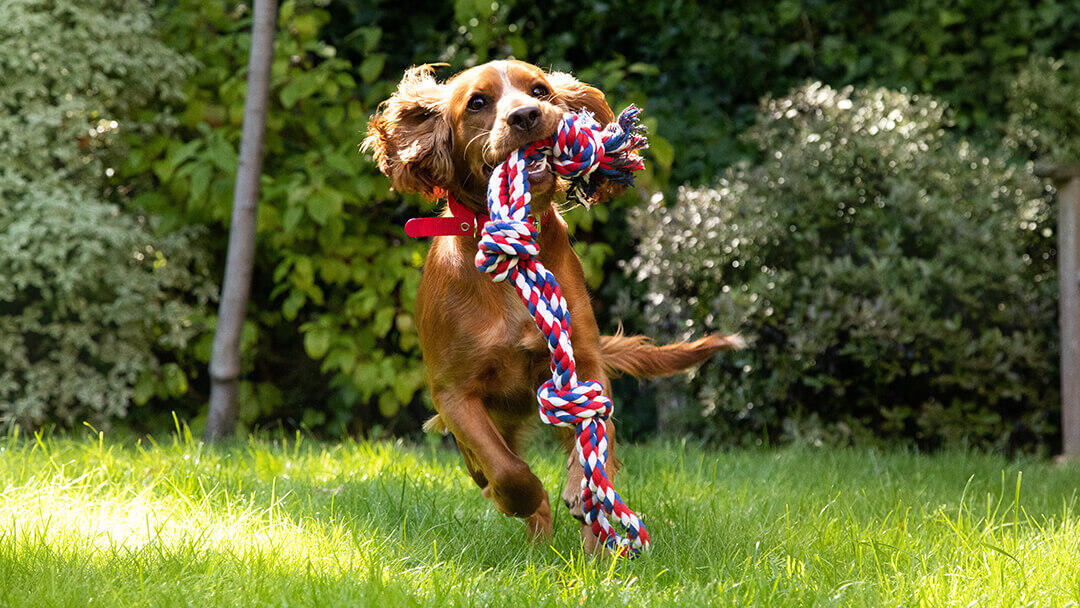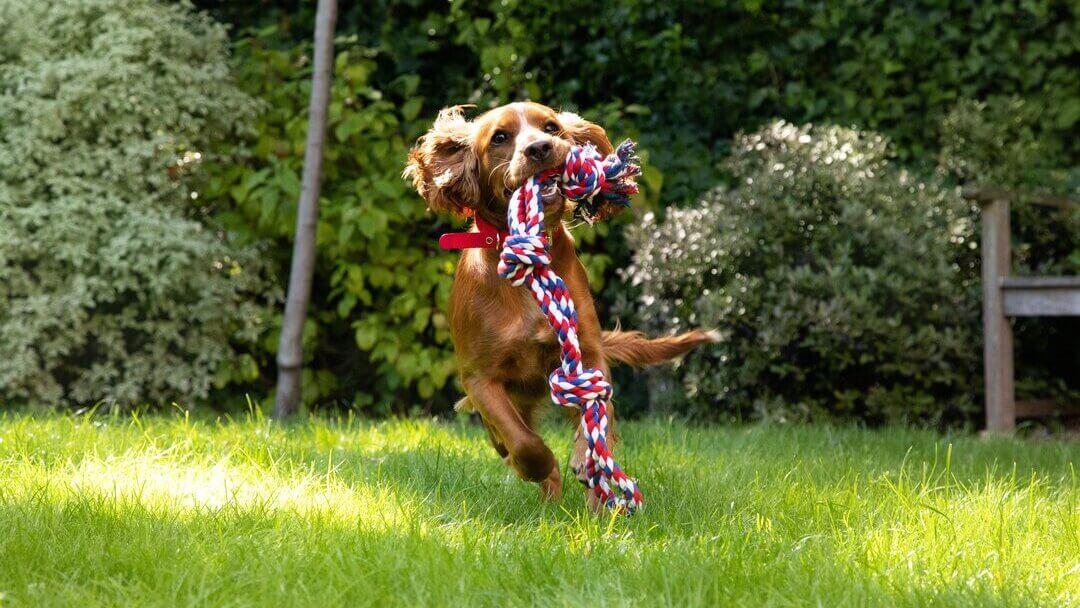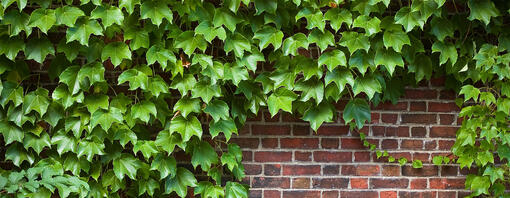
Quite a few plants in our homes and garden pose a risk to our furry friends. Ivy is a popular choice for many of us when it comes to house plants and in our gardens, but many dog owners won’t be aware of the potential risks to their furry friend.
So, is ivy poisonous to dogs? Let’s find out.
Is ivy poisonous to dogs?
Yes, ivy can be poisonous to dogs if ingested it may cause skin irritation on contact. We’ve all heard of poison ivy but even regular Hedera helix, more commonly known as English ivy, can be harmful to a dog. Ivy contains naturally occurring chemicals called saponins as well as polyacetylene compounds. It is these chemicals that can have toxic effects and mean that ivy is poisonous to dogs.
All parts of the ivy plant contain the toxins, but they are most concentrated in the leaves. Although dog poisoning from English ivy is generally not life threatening, it is still best to contact your vet as soon as possible. The vine may cause tummy upset and irritation of the mouth if eaten while substantial or prolonged skin contact can cause severe irritation.
Signs of ivy poisoning in dogs
Symptoms caused by your dog eating parts of an ivy vine are generally mild. Repeated exposure to the sap of the plant can cause allergic dermatitis. For more information on skin disease, have a read of this article on skin allergies.
If a dog eats some ivy, the symptoms can range from nausea and excessive drooling to abdominal pain, diarrhoea, loss of appetite, and vomiting. Skin irritation from contact with ivy may also be seen andkin reactions can include blistering, redness and swelling.
Whether symptoms are mild or more severe, will depend on the overall size and health of your dog, as well as how much they ingested or came into contact with. For example, a small dog that eats a lot of the vine may develop a worse case of diarrhoea and vomiting, whereas a larger dog that eats the same amount may only develop a slight upset stomach and a little diarrhoea.
What do I do if my dog has eaten ivy?
English ivy generally has an unpleasant taste, so it is rare for dogs to ingest large amounts of the plant. If you think that your dog may have eaten, touched or inhaled something that it shouldn’t have, always make contact with your vet for advice.
In the meantime, remove your dog from proximity to the plant, and try to take a picture or note the name of it down in case your vet asks for this information. Monitor your dog’s overall behaviour and whether they are showing any abnormal symptoms. If you notice that your dog starts to behave unusually or is showing signs of discomfort, distress or illness call your vet immediately and seek advice.
Do not try to use any at home remedies or medications that have not been prescribed by your vet. This includes trying to make your dog vomit as you may make matters worse. Trying home remedies first also delays seeking professional advice.
The sooner you get help for your dog the better the chances of a full recovery. Treatment will depend on how much of the ivy was ingested and the symptoms the dog is showing.
Treatment for ivy poisoning in dogs
Always seek veterinary advice to decide what treatment is required. However, if you think your dog may have eaten some ivy, rinsing the mouth thoroughly with cool water is a good first step. This is to remove as much of the irritant compounds from the mouth as possible. Any skin that was exposed to the sap should be cleansed too.
In many cases, rinsing the mouth thoroughly may be all the treatment needed. However, if the reaction to the toxin is more severe your vet may suggest supportive treatment including intravenous fluids, and antihistamine and pain relief. When vomiting or diarrhoea occur, ensure your dog gets plenty of fluids to avoid possible dehydration, and call your veterinarian immediately.
Most dogs recover completely within a few hours to a few days, depending on the level of intoxication.
How to prevent canine ivy poisoning
The best way to keep your furry friend as safe as possible is to keep these plants out of the house altogether. If you want plants and flowers in the house or in the garden, as many of us do, then there are many safer plant options that will not cause harm to your dog, and will look wonderful in your floral arrangements and plant borders.
Also make sure to take any ivy out of any bouquets you may receive. If you have any in or around the outside of the house, removing it completely will reduce the risks to your pet and will ensure a healthy and happy home for you and your furry friend.
That’s our guide to how ivy and dogs don’t mix. Looking for more information on what dogs should and shouldn’t eat? Read our article, why do dogs eat grass? next.


